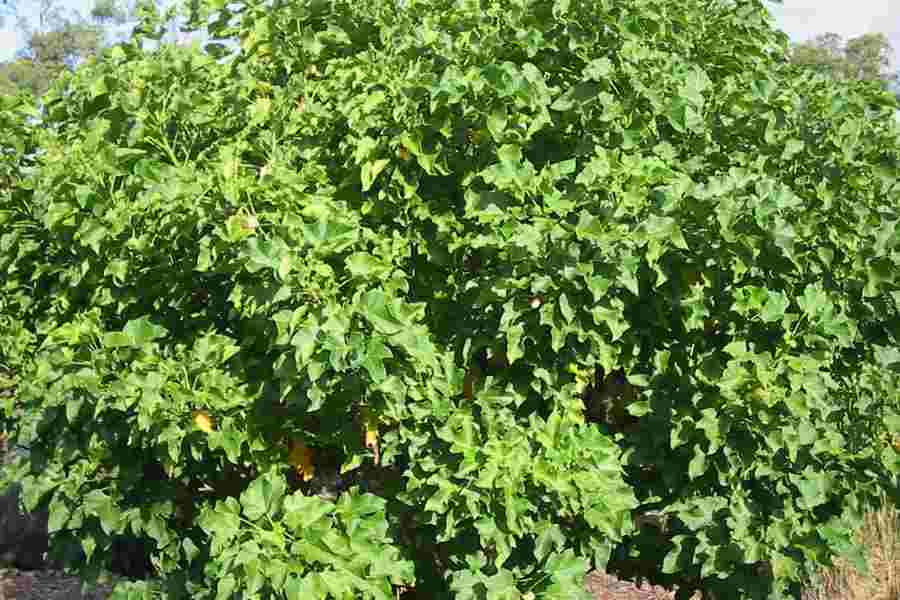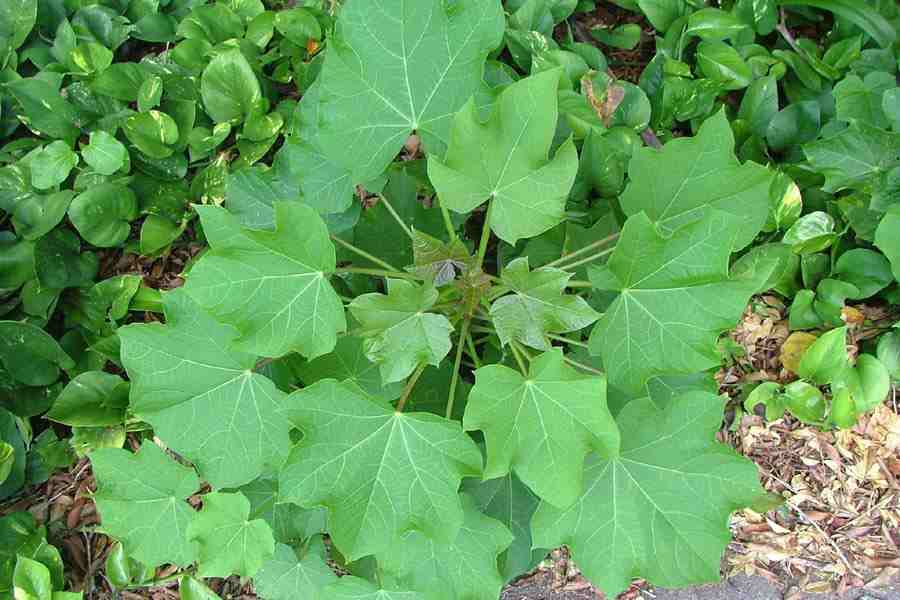
In the current times, advancements in the field of agriculture in the form of ex-vitro plant proliferation have actually proved beneficial to the guy kind. One such plant, which has actually been developed by ex-intro, is Jatropha, found in large quantities in Indonesia. This plant includes 25 to 35 percent oil and can be used to produce biodiesel, saving land, and an increase in the earnings of farmers.

Earlier, there were certain difficulties while growing the jatropha curcas plant. First of all, the propagation and transport of the seedlings of jatropha curcas was costly and lengthy. The soil in which, it grows is low in efficiency causing the plant to decay and have illness and last but not the least, the jatropha curcas plant takes considerable time to adjust itself, to the new environment.
Observing all these obstacles, the farming experts advocated ex-vitro Jatropha proliferation. The ex-vitro of jatropha curcas dealt with the difficulties, faced earlier of planting it. The seedling procedure was made fast and low-cost. The expense of transport was decreased, as the seedlings were planted nearby, in the location of the plantation. Mother plants were selected from the exact same area, which did not need the seedlings to adapt themselves, thus saving time.
The ex-vitro Jatropha technique embraced in the plant proliferation scheme had root culturing as its basis, where the shoots were grown outside the field in the glass vessels. The platelets grown from this, was instantly seasoned in the green home. The seedlings were extremely heterogeneous, in character and hence, high level of propagation was possible.
The ex-vitro jatropha method proved to be economical. Great care was required to provide ecological and nutritional value to the plant. Soon, after embracing ex-vitro for jatropha plant, the 2 months plantlets were ready to be planted in the field. Rooting was attained, in around 3 weeks. The governments in numerous countries are taking efforts to motivate the farming scientists to establish jatropha plant proliferations through ex-vitro approaches, which are less expensive and sustainable. There are numerous institutes, which train individuals about, this method to increase production.
The institutes engaged in ex-vitro jatropha curcas methods of plant proliferation took utmost care in nurturing the plants by producing natural conditions. For example, jatropha grows in well drained pipes soil and is dry spell resistant. The ex-vitro approach also, increased the level of seedlings, which were devoid of insect and illness. This technique of ex-vitro of jatropha proved easy and economical and the seedlings were close to their parent, thus, preventing problems.
There are certain factors that can impact the ex-vitro development in jatropha plants. They are factors like sunshine, humidity, nature of soil and other climatic conditions. Hence, care needs to be taken to adjust these factors to fit ex-vitro.








